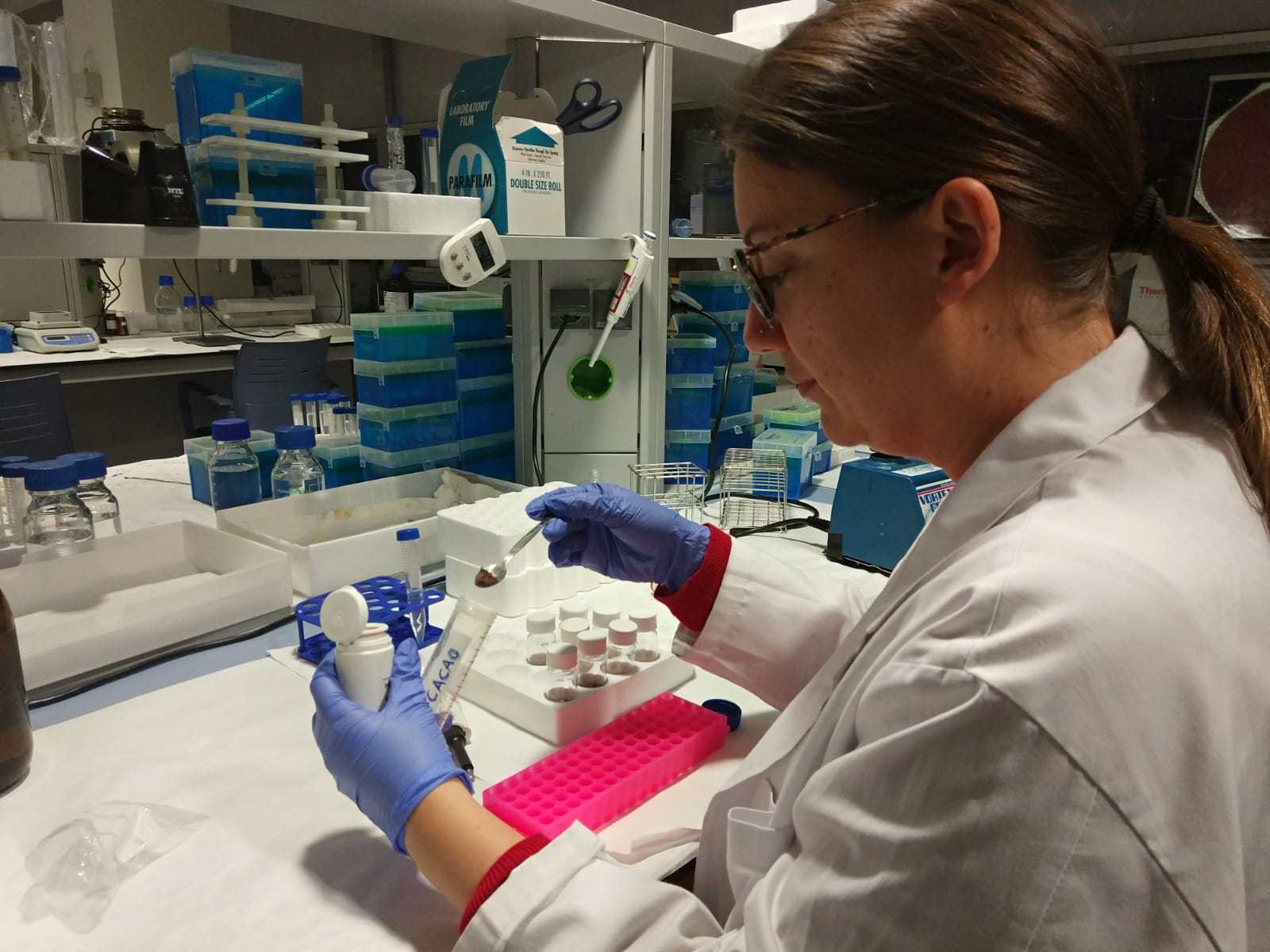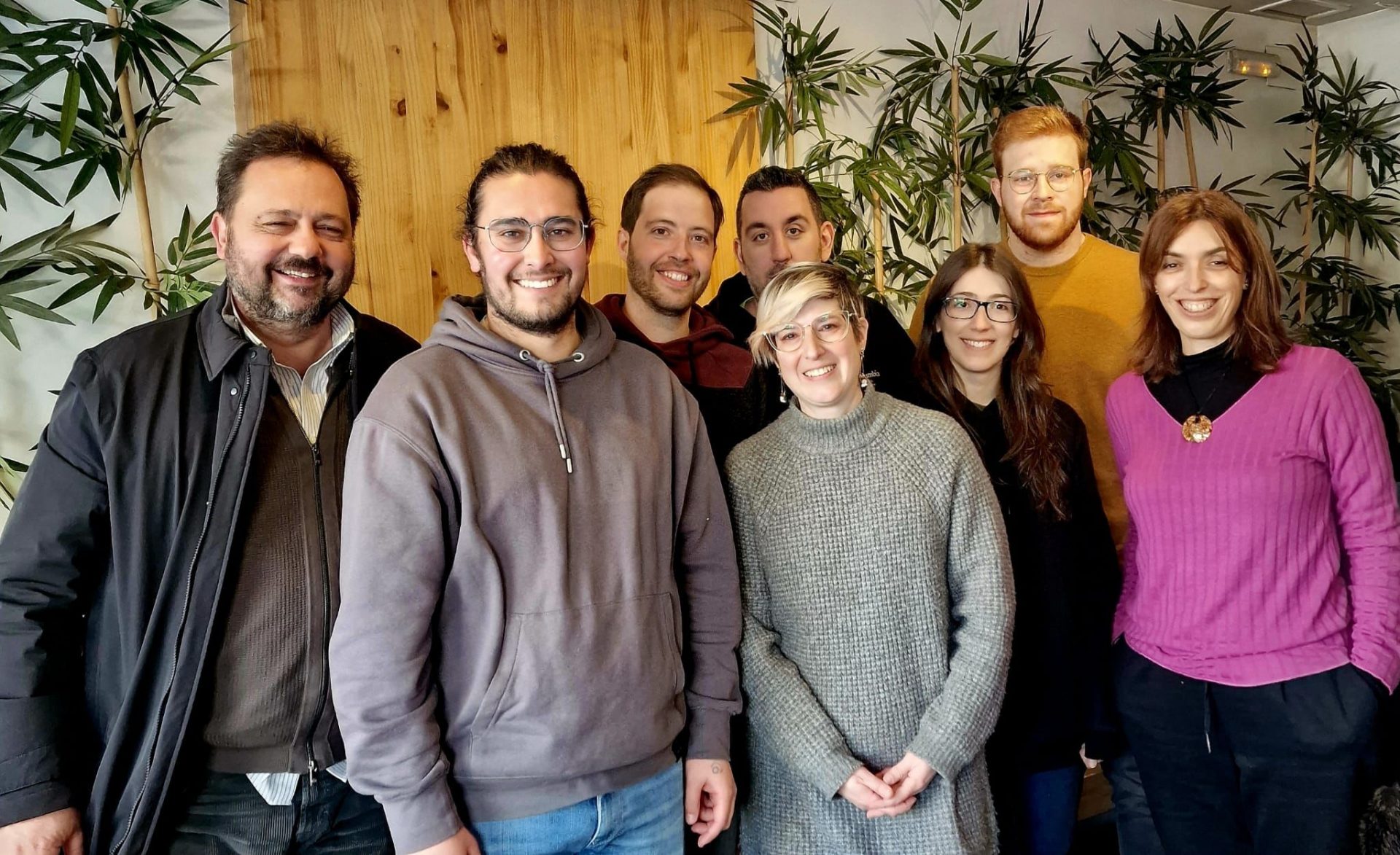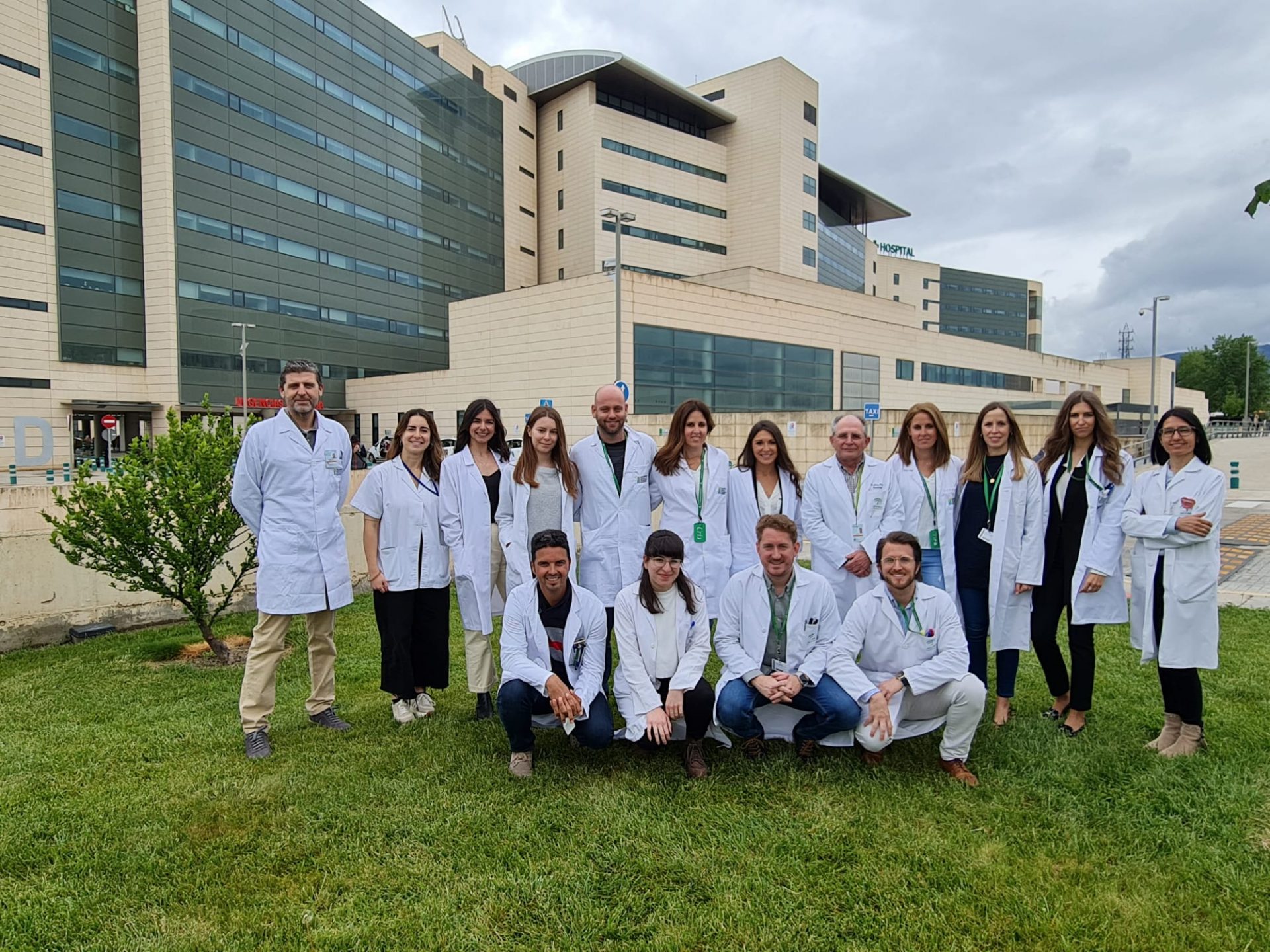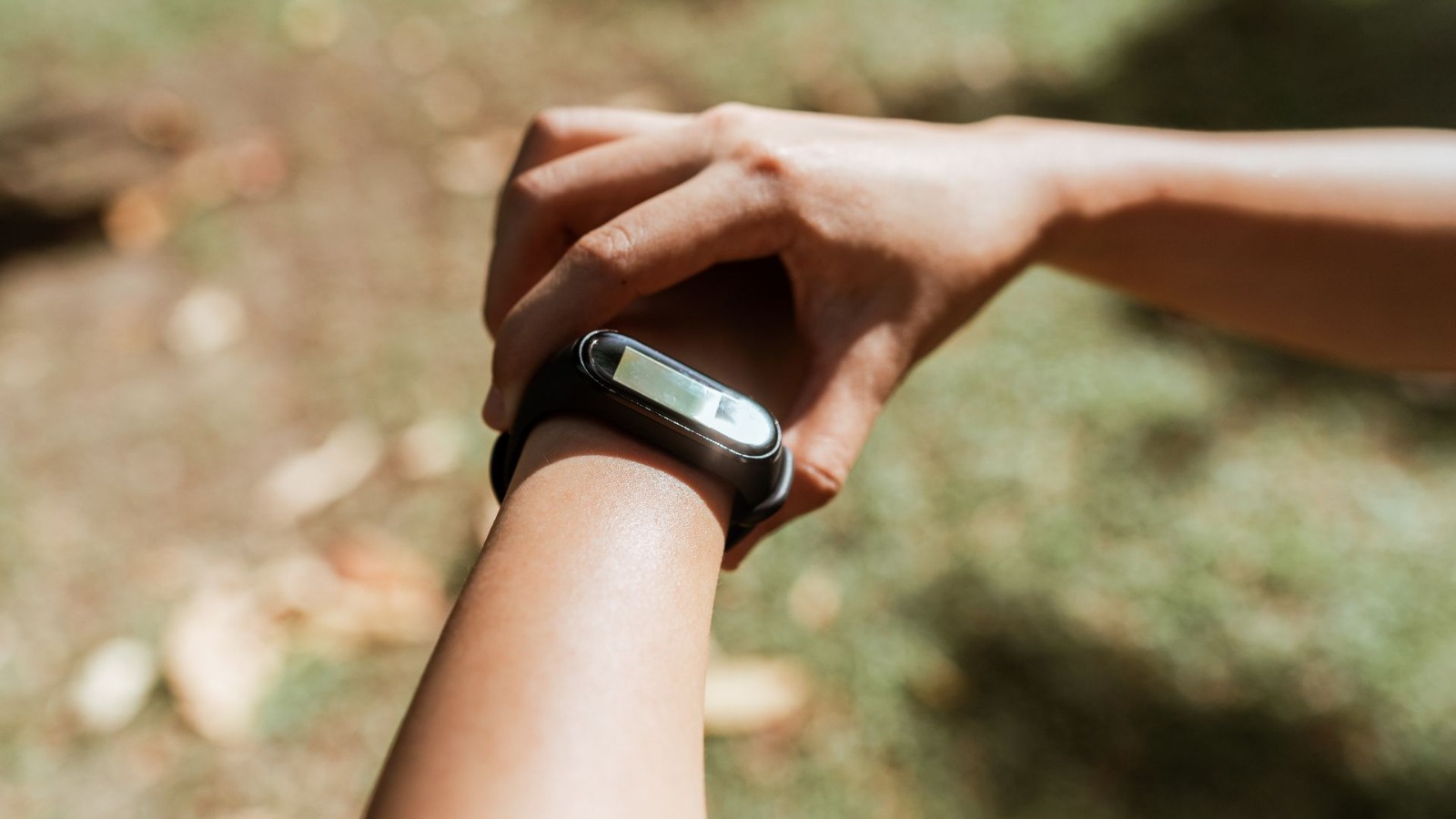
An international team of researchers, led by the University of Granada (UGR) in Spain, has successfully isolated a bioactive compound present in cocoa bean extract that has proven effective in combatting skeletal diseases such as achondroplasia. This genetic bone dysplasia – the primary cause of dwarfism – is a rare disease that affects 1 in 25,000 newborns. To date, no effective treatment has been developed.
The UGR researchers note that the (mainly phenolic) compounds contained in the fruit of the cacao tree (Theobroma cacao) offer a range of health benefits. In recent years, numerous studies have therefore endeavoured to study their composition and bioactivity in relation to different pathologies.
In collaboration with other research groups based in Paris, Tunisia, and Almeria, the UGR scientists have focused on purifying the phenolic compounds found in cocoa bean extract and testing their toxicity at the cellular level. The aim is to be able to use them to develop drugs, nutraceuticals and/or functional foods.
The main author of a recently-published paper on this study, María de la Luz Cádiz Gurrea, of the UGR’s Department of Analytical Chemistry and the Technology Centre for Functional Food Research and Development (CIDAF), explains: “To obtain different fractions of compounds of greater or lesser purity, we used different techniques, including solid-phase extraction, separation via micro-, ultra-, and nano-filtration membranes, semi-preparative liquid chromatography, and combinations of some of these.” In addition, all the samples obtained were analysed via high-performance liquid chromatography combined with time-of-flight mass spectrometry analysis.
A beneficial effect
In general terms, the findings showed that the resulting fractions presented no toxicity, except for high concentrations of the purest fractions. This could be due to the major bioactive potential of the individual compounds. These results indicate that the bioactive compounds found in cocoa bean extract could have a beneficial effect at low concentrations, and they can be easily incorporated into different products.
More specifically, such compounds could be used for pharmaceutical purposes, acting directly on the skeleton among achondroplasia sufferers. Such a pharmaceutical formulation could be taken from a young age, with no short- or long-term side effects.
This project has provided the groundwork for the application of these compounds to rare skeletal pathologies.
Preliminary results were included in the wider research project ‘Development of new chondrodysplasia drugs from extracts of Theobroma cacao, with demonstrable in-vitro bioactivity’ (known as THEOFARMABONE). This was officially selected on 10 October 2018 in the public competitive call published by the Office of the Secretary of State for Universities, Research and Technology, for the funding of R&D and innovation projects. The call was open to universities and public research entities classified as Agents of the Andalusian Knowledge System, under the auspices of the Andalusian Plan for Research, Development and Innovation (PAIDI 2020).
This project brings together research groups from the UGR (AGR274: Bioactive Ingredients), specialists in obtaining and analysing bioactive compounds); the Complutense University of Madrid (specialists in bone-targeted drug delivery); and the Imagine Institute, Paris (specialists in rare skeletal diseases). These groups are headed by Antonio Segura Carretero, María Vallet Regí, and Laurence Legeai-Mallet, respectively.
Bibliography:
‘Bioactive Compounds from Theobroma cacao: Effect of Isolation and Safety Evaluation’
María de la Luz Cádiz-Gurrea, Ignacio Fernández de las Nieves, Luis Manuel Aguilera Saez, Salvador Fernández-Arroyo, Laurence Legeai-Mallet, Mohamed Bouaziz & Antonio Segura-Carretero.
Plant Foods for Human Nutrition. Springer Nature.
https://doi.org/10.1007/s11130-018-0694

Media enquiries:
María de la Luz Cádiz-Gurrea
Department of Analytical Chemistry, University of Granada
Email: @email
Telephone: + 34 958 637 206



